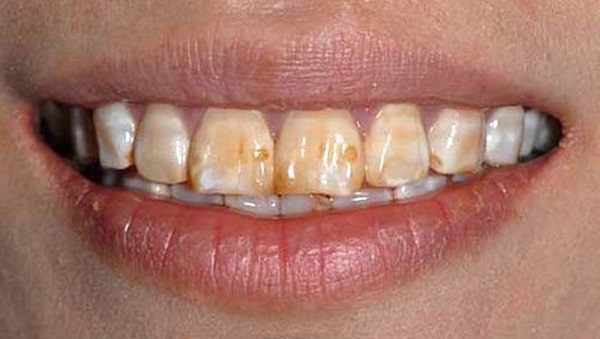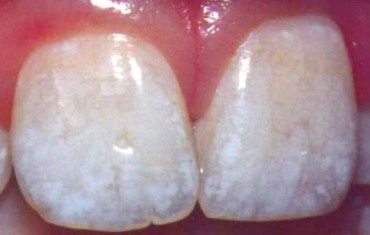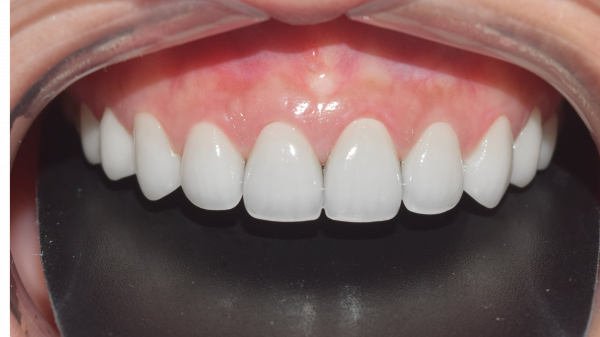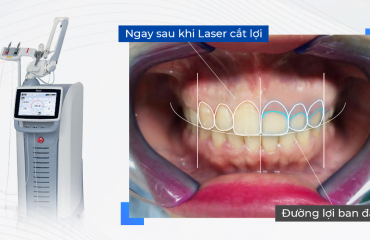Enamel Hypoplasia can be a lifelong condition that patients continue to treat or a major problem that requires fillings, crowns, and even tooth extractions. To understand the cause of enamel deficiencies and how to treat and prevent them, you need to know how your enamel works and why it doesn’t always form correctly. Keep reading to learn more about Enamel Hypoplasia and how dentists treat it.

Enamel is the hard, protective covering on the outside of your teeth. It is the hardest part of your body and works like a suit of armor protecting the soft and sensitive areas. It’s because of enamel that you’re able to eat a bowl of hot soup or enjoy ice cream in the middle of summer without your teeth experiencing pain. This protective coating also fights against physical attacks on the teeth, like biting down on hard candy and ice cubes.

Unfortunately, tooth enamel is almost 90% mineral, which dissolves in acidic environments like our mouths. When we eat highly acidic foods like fruit or candy — not to mention soda — the bacteria in our mouths turn it into lactic acid, which can wear away enamel. Once your protective layer of enamel is gone, if can’t grow back, which is why so many dentists emphasize good oral hygiene from a young age to keep the suit of armor strong.
However, kids and adults don’t always end up with the right amount of enamel on their teeth, and can suffer from Enamel Hypoplasia. This article will focus primarily on its causes, effects, and treatment.

Hypoplasia is an enamel deficiency that leaves the teeth vulnerable to damage and decay. It often takes the form of grooves, pits, or lines within teeth, either across the surface or in certain spots. Depending on the severity, Enamel Hypoplasia can look like a small dent in the tooth, or take up several teeth throughout the mouth. There can be localized discoloration, or the entire tooth can turn a dark brown color. This can make the mouth incredibly sensitive, especially for toddlers that are just learning to communicate how they feel.
While Enamel Hypoplasia can occur in both baby and adult teeth, it’s often developed before the age of three. As the baby teeth are growing, the enamel is still soft and weak, creating opportunities for damage early on. Two types of causes are attributed to Enamel Hypoplasia: hereditary and environmental.
One of the most important factors in treating Enamel Hypoplasia is catching it early. It’s better for the dentist to spot a sensitive area or fill a small cavity early on than to remove the whole tooth due to extensive decay.

Veneer as one of the methods to fix enamel hypoplasia
_________
Nha khoa Quốc tế DND – Nơi trao gửi sức khỏe nụ cười
🍀 157 Bùi Thị Xuân, Hai Bà Trưng, Hà Nội
🍀 Đường Bàng Bá Lân, phường Dĩnh Kế, TP. Bắc Giang
🔹 Website: http://nhakhoadnd.com/
🔹 Fanpage: Nha khoa quốc tế DND
📞 Hotline: 0832.124.124
☎ Tổng đài CSKH: 1800 1055


